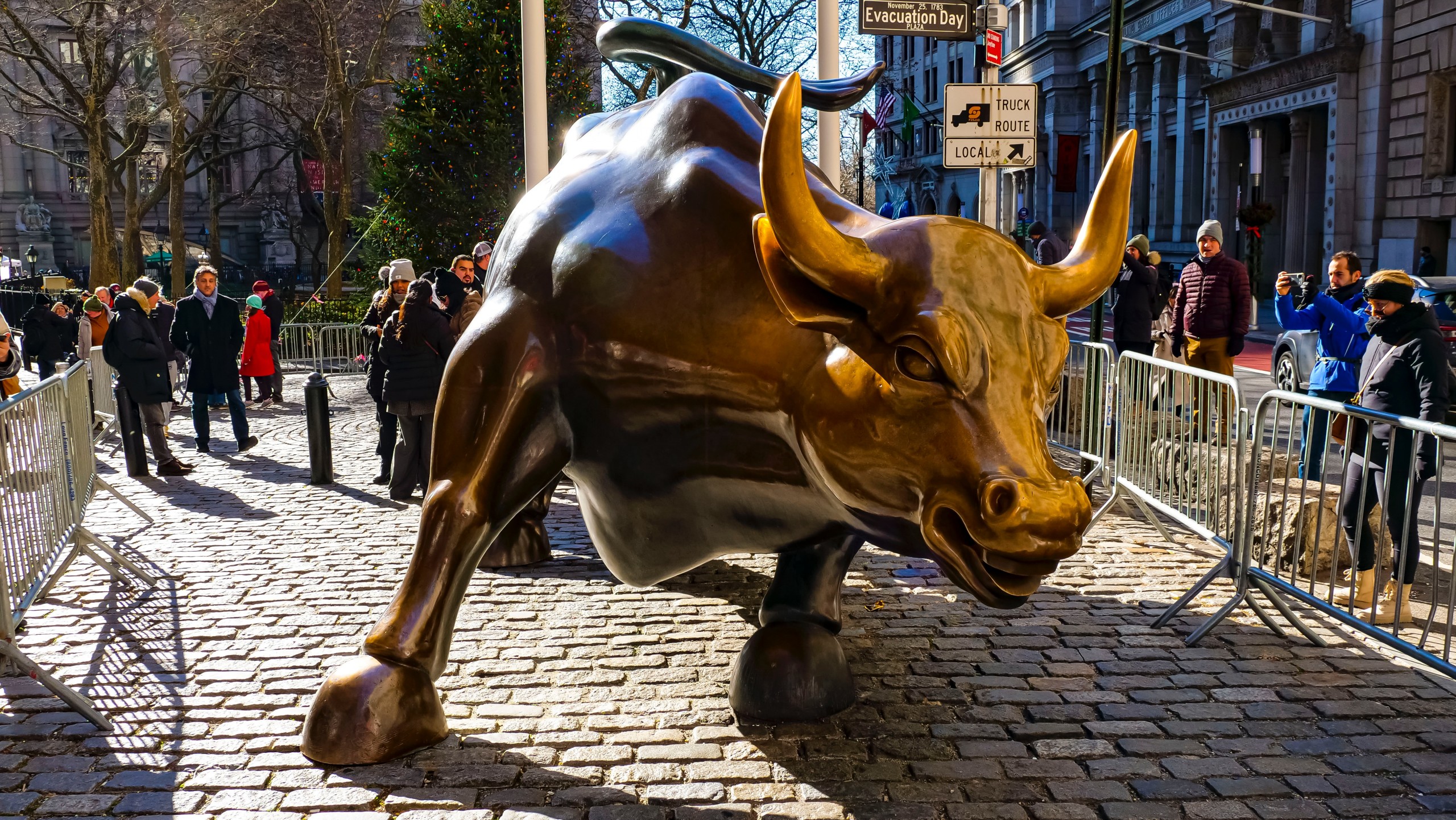A year ago, Wall Street's forecast painted a bleak picture, foreseeing a prolonged bear market into 2023, with an average price target of -2.4%. Concerns loomed large over high inflation and anticipated tightening monetary policies that could trigger a recession that year. It marked the first time since 1999 that Wall Street had predicted a downturn for stocks.
However, the consensus proved remarkably wide of the mark, as the US economy exhibited exceptional resilience. The S&P 500 defied expectations, closing the year with a remarkable surge of 26.3% at 4769, significantly surpassing Deutsche Bank's most optimistic target of 4500.
Looking ahead, the spectrum of predictions for the upcoming year is notably diverse. Yardeni Research stands as the most bullish, forecasting another double-digit surge, while JP Morgan adopts a considerably bearish stance, projecting nearly a 12% decline. On average, the street anticipates a marginal gain of +3.8% for the S&P, reaching 4950.
2024 S&P Targets

The chart above is using the most up-to-date targets and potential upside/downside from the S&P closing price at December 31, 2023.
The Bull: Yardeni Research
Market veteran Ed Yardeni emerges as the most optimistic voice, setting a target of 5400 for the S&P 500. Yardeni foresees a resilient economy, moderated inflation, and an upsurge in productivity. His thesis paints a picture of the “Roaring 2020s,” driven by advancements in artificial intelligence and robotics, poised to enhance companies' efficiency and profitability.
The Bear: JP Morgan
Conversely, JP Morgan adopts the most pessimistic stance, projecting a price target of 4200, reflecting an -11.9% decline. This notably stands as the most bearish forecast seen from a sell-side research firm, marking the first time a double-digit negative return target has been witnessed. It's unusual for Wall Street to endorse negative forecasts, as they are generally considered detrimental to business.
“In our 2024 outlook note, we anticipate a more challenging macro backdrop for stocks next year, with softening consumer trends coinciding with investor sentiment and positioning largely reversing,” stated JPMorgan's Marko Kolanovic and Dubravko Lakos-Bujas.
Their outlook identifies risks posed by elevated equity valuations, soaring interest rates, a weakening consumer landscape, escalating geopolitical tensions, and the looming specter of a potential recession.
feature image from Unsplash






